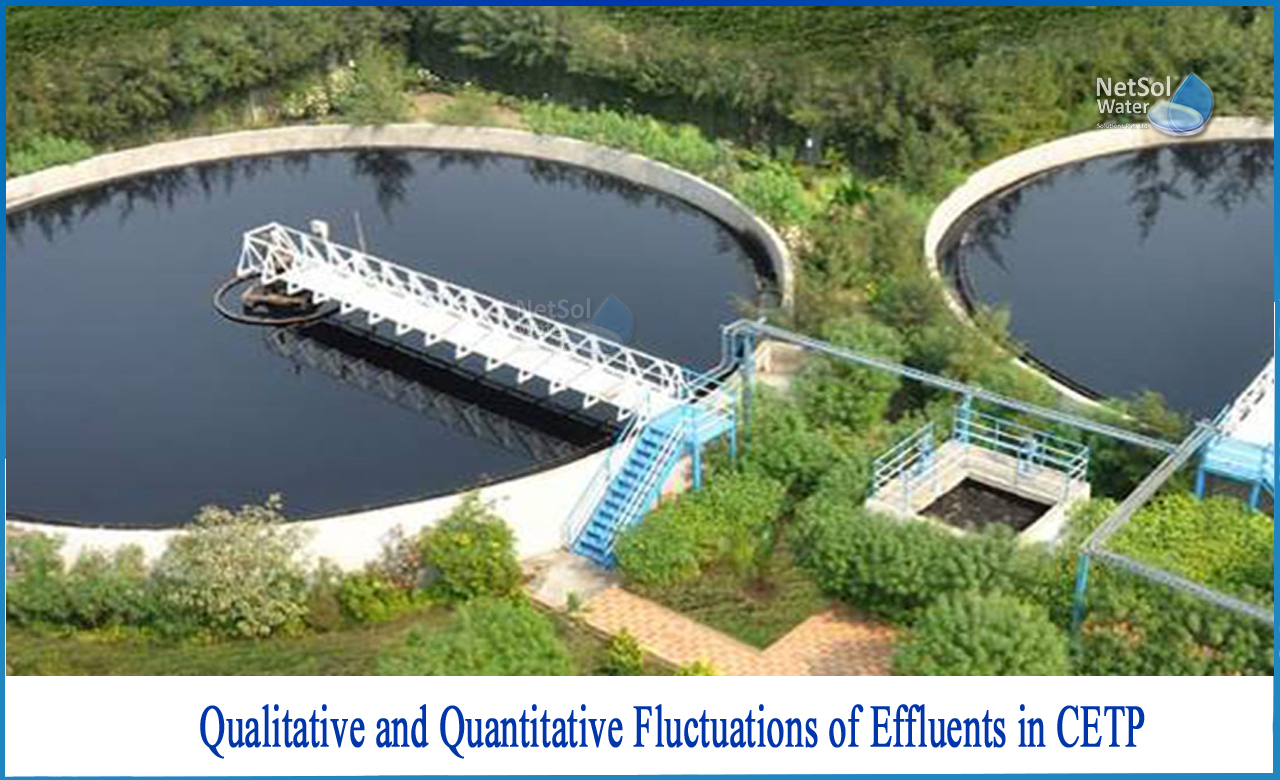What are the Qualitative and Quantitative fluctuations of effluent?
It is a suitable treatment option for overcoming the limits associated with wastewater treatment plants in small to medium-sized businesses.
CETP has a distinct project cycle that consists of six major stages:
1. Project Idea;
2. Preliminary feasibility;
3. Feasibility;
4. Engineering and design;
5. Implementation;
6. Evaluation and monitoring.
One of the key influencing factors in CETP planning is the quantitative and qualitative changes of effluent. This aspect is ranked second for effective planning!
Effluent qualitative/quantitative fluctuations
1: Quantitative fluctuations indicate the volume of the equalization tank. The volume of the equalization tank is specified by quantitative variations. Furthermore, the modular design of an effluent treatment plant (ETP) is critical for the effective management of variable hydraulic loads (frequent product changes-corresponding hydraulic loads, etc.). To homogenize the influent characteristics or avoid shock loads, qualitative variations specify/correct the capacity of holding/equalization tanks.
2: To homogenize the influent characteristics or avoid shock loads, qualitative variations specify/correct the capacity of holding/equalization tanks.
3: The amount of effluent may be calculated using the product information provided by the particular company and a comparison to literature values or the water balance reported by the individual industry to the SPCB in their permit application. In addition, while determining the size of the CETP in terms of flow, the different unit activities evaluated must be sized, and the layout must be prepared to add additional units in the future based on the predicted growth rate of the specific (type/nature) industries in the region.
4: Flow rate is critical in establishing the size of the CETP.Minimum and maximum flows should be determined since they determine hydraulic computations and pipe distribution size. Future increases should be factored in as well. Temporal flow changes need the usage of equalization ponds in order to maintain a consistent flow rate through downstream activities. 5: The mixing of wastewaters, including sewage, frequently aids in lowering the concentration of contaminants on treatment procedures.
6: A vital stage is the analysis of effluent properties to select the units in a treatment process scheme. Physical and chemical features of effluent are important in the design of CETP.
What do we have to offer?
You've come to the correct spot if you want to learn more about typical effluent treatment plants!
You can have an expert solution upon contacting Netsol Water, a leading manufacturer of Industrial and Commercial Water and Wastewater treatment plants, among other services. Our wastewater treatment systems are very effective at removing all types of chemical, physical, and biological pollutants.
Netsol Water is Greater Noida-based leading water & wastewater treatment plant manufacturer. We are industry's most demanding company based on client review and work quality. We are known as best commercial RO plant manufacturers, industrial RO plant manufacturer, sewage treatment plant manufacturer, Water Softener Plant Manufacturers and effluent treatment plant manufacturers. Apart from this 24x7 customer support is our USP. Call on +91-9650608473, or write us at enquiry@netsolwater.com for any support, inquiry or product-purchase related query.



